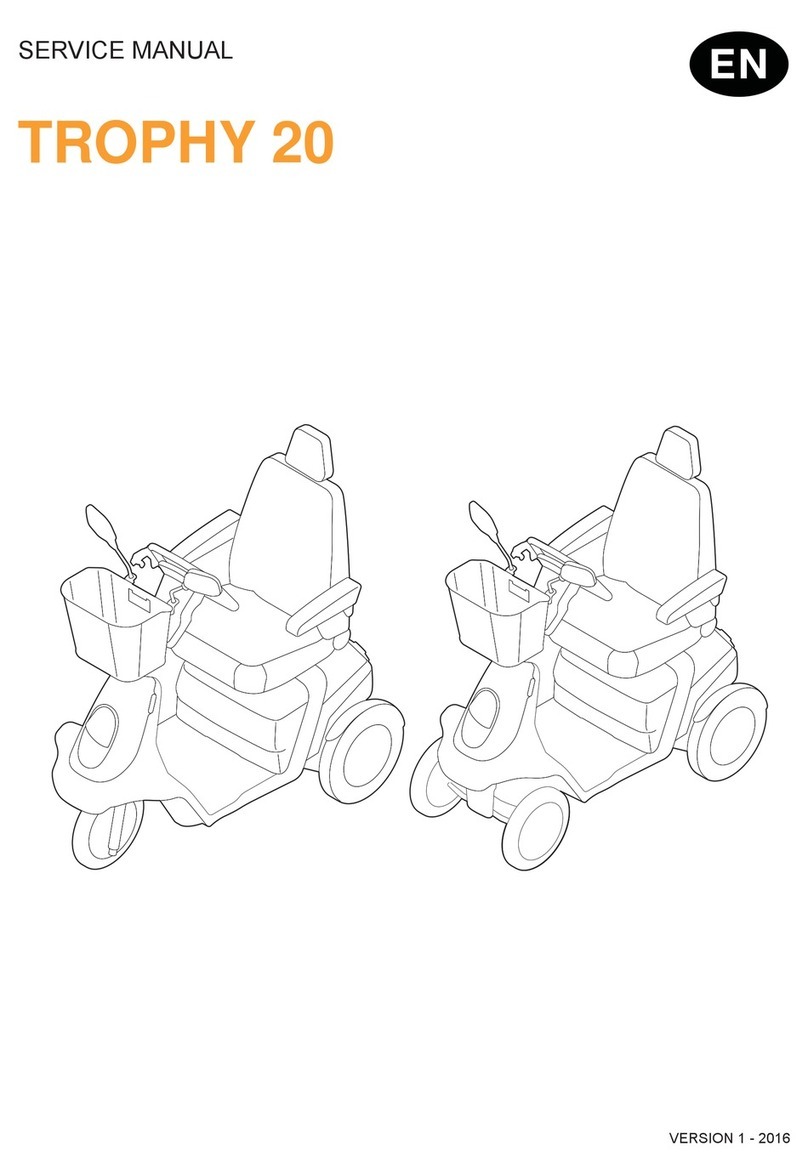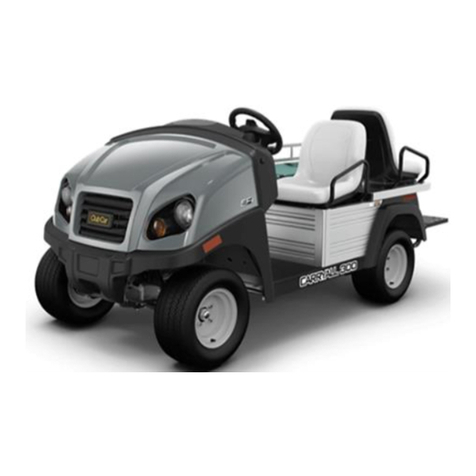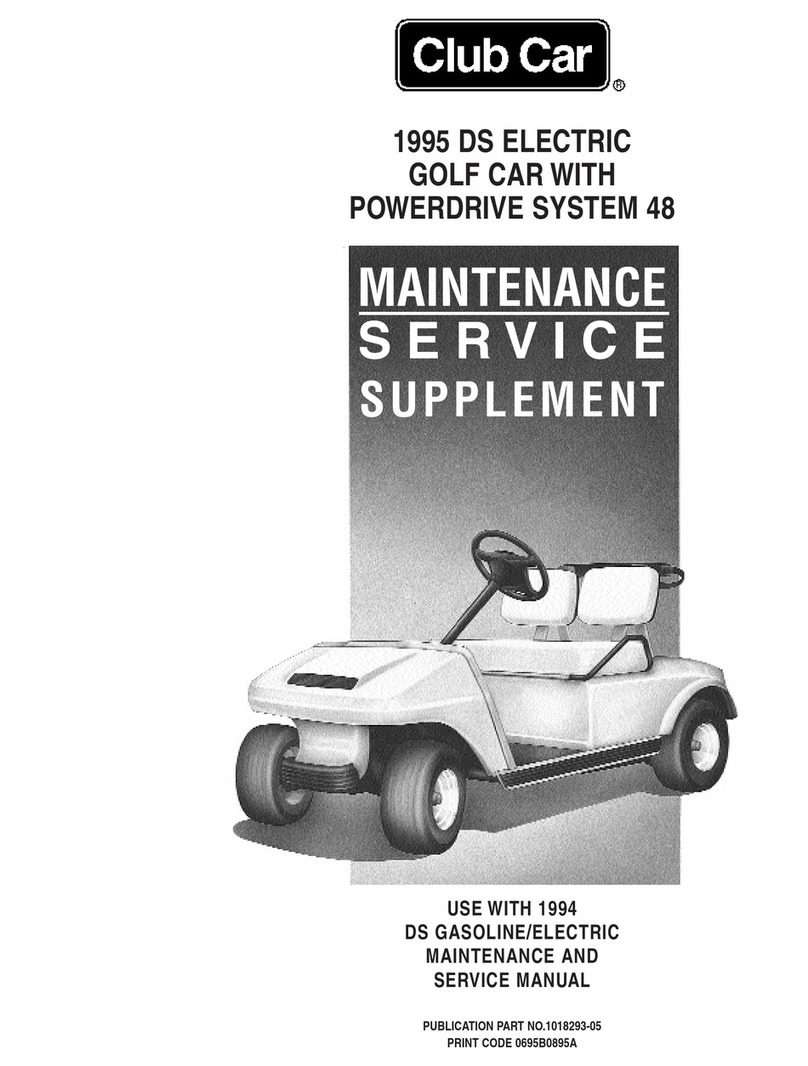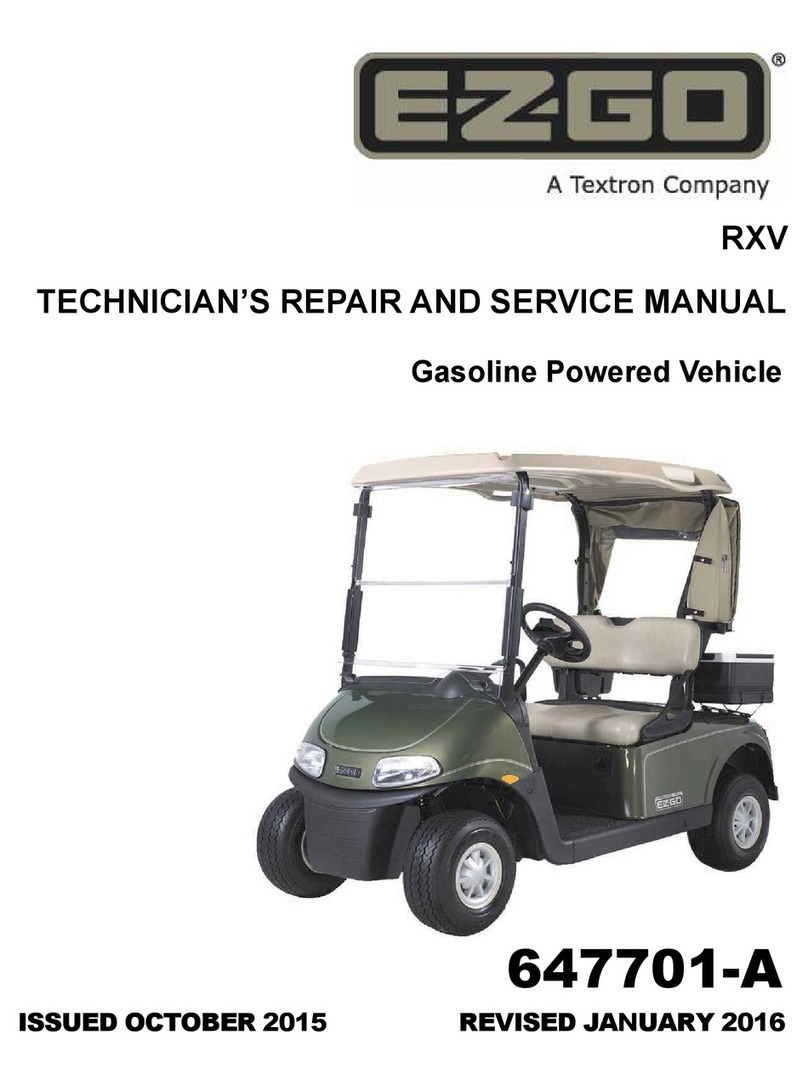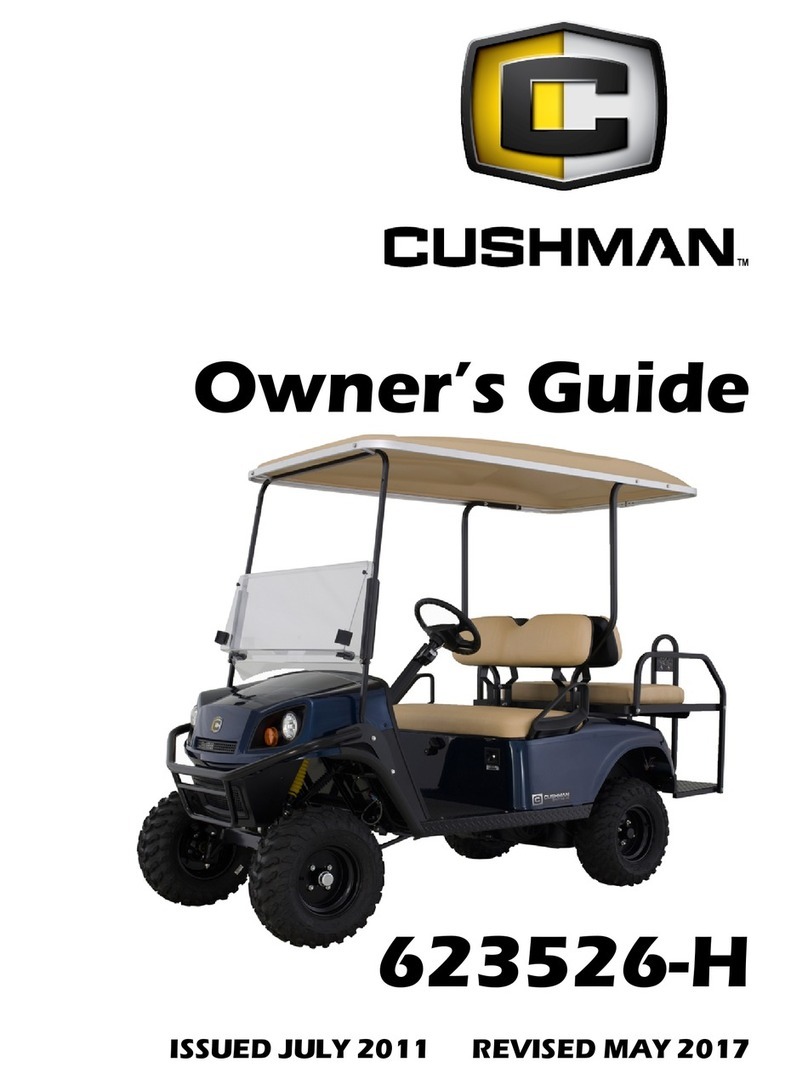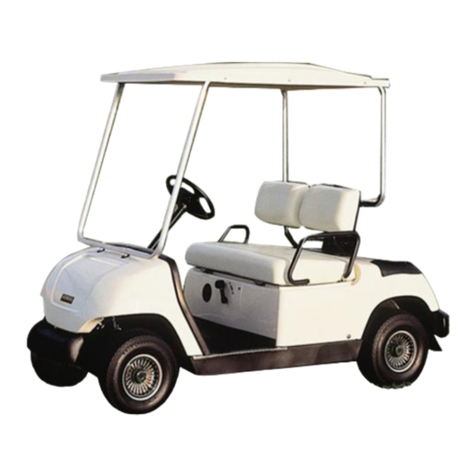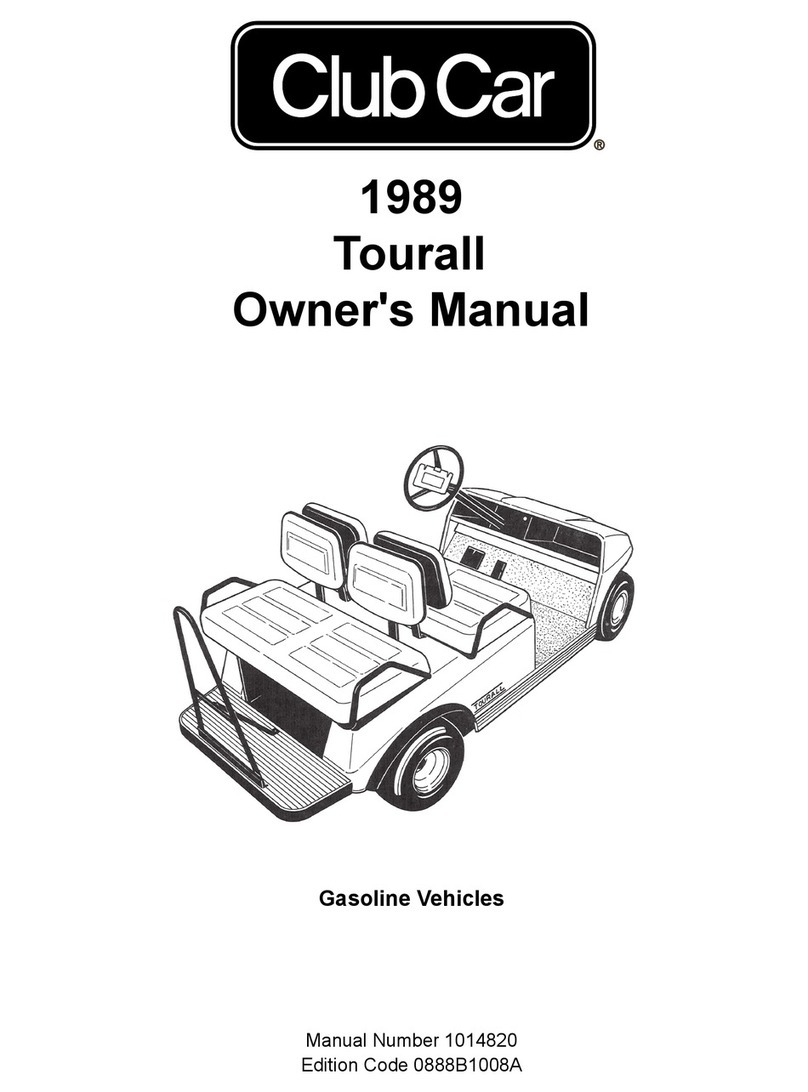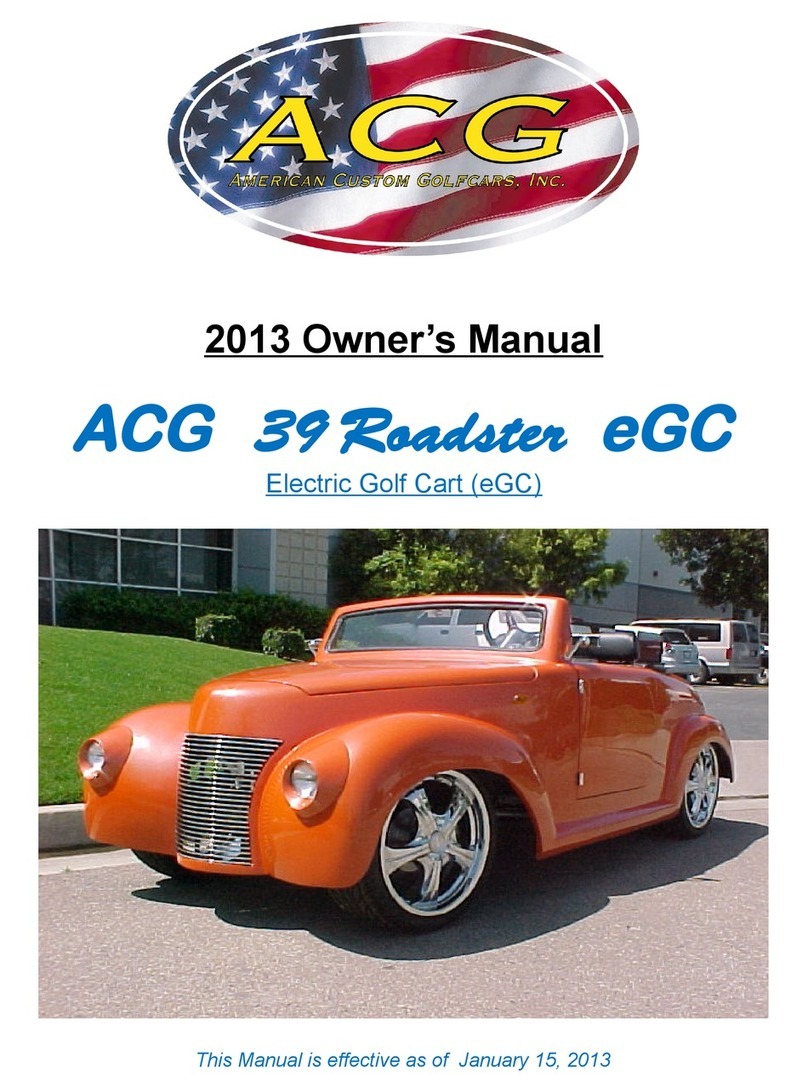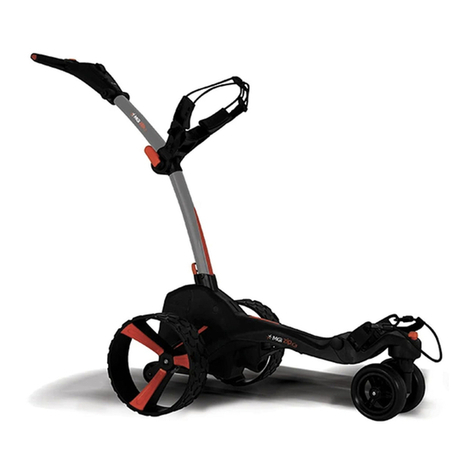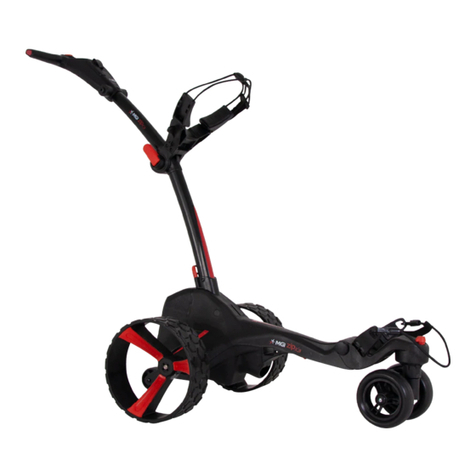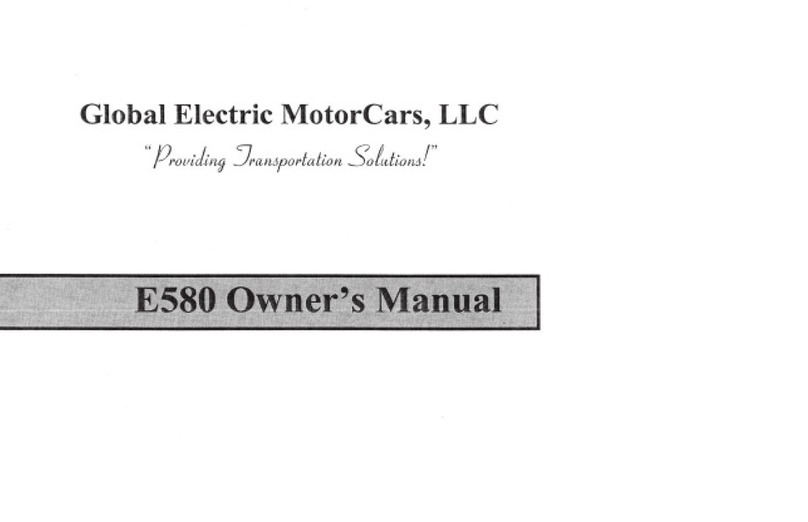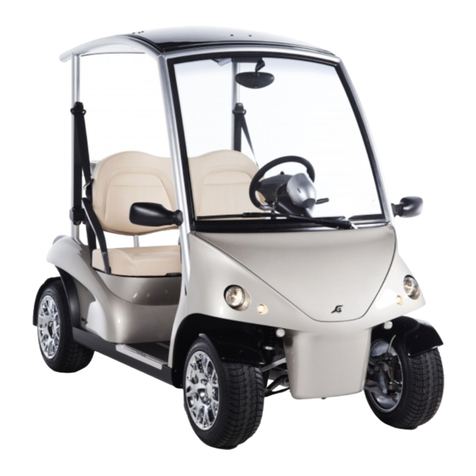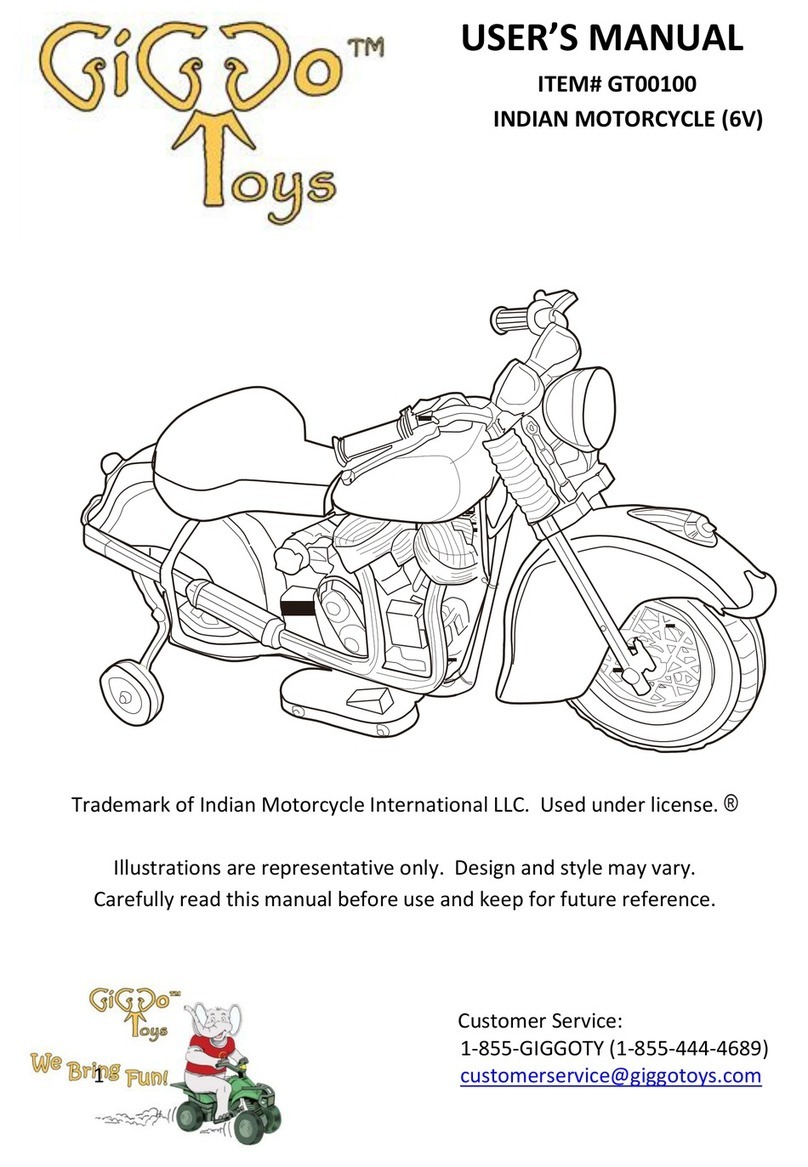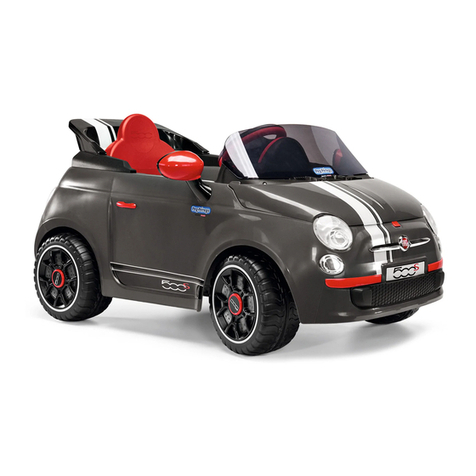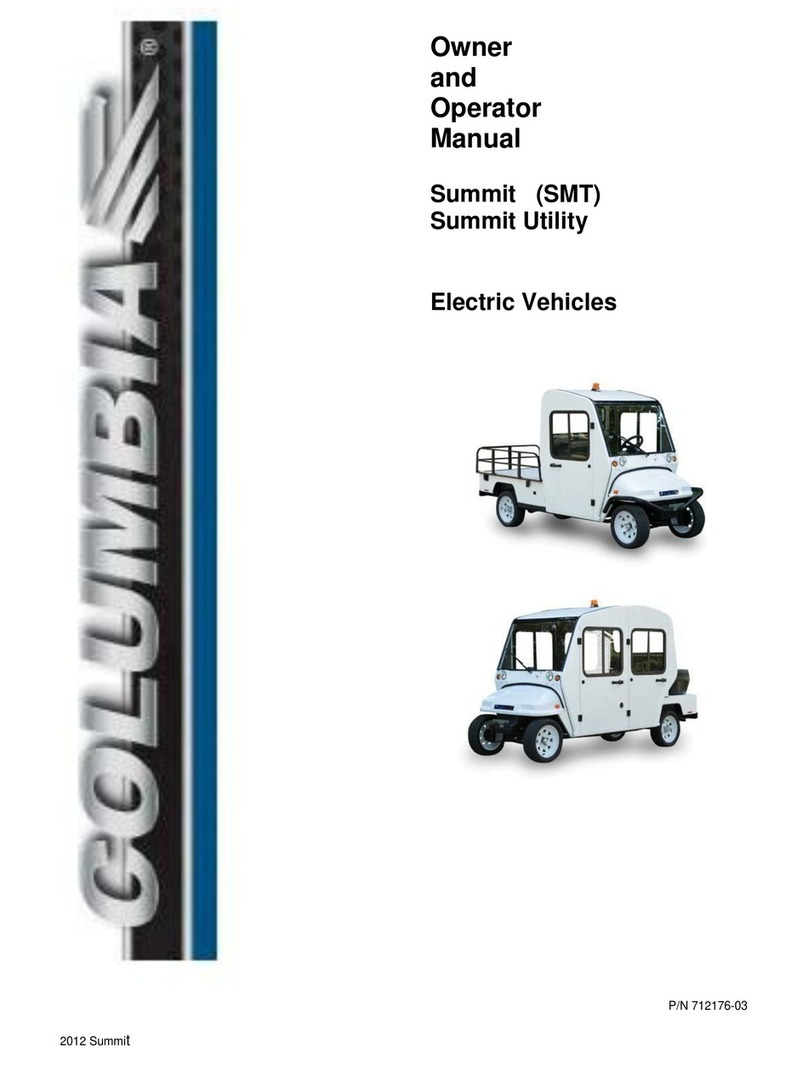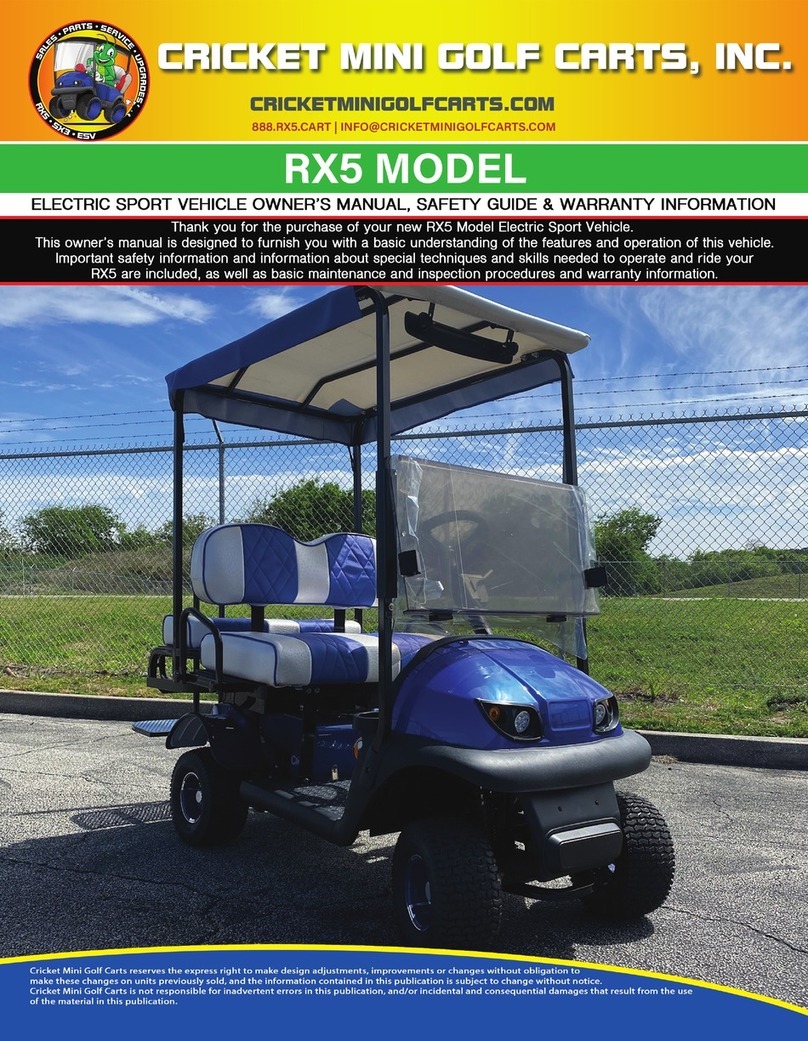
Page 9
PRE-OPERATION AND DAILY SAFETY CHECKLIST
Each Royal EV has been thoroughly inspected and adjusted at the factory;
however, upon receiving your new vehicle(s), you should become familiar with its
controls, indicators, and operation.
Use the following checklist as a guide to inspect the vehicle. This checklist
should be used daily to ensure that the vehicle is in proper working condition.
Any problems should be corrected by an authorized Royal EV dealer.
Any vehicle not functioning correctly should be removed from use until it is
properly repaired. This will prevent further damage to the vehicle and avoid the
possibility of injury due to unsafe conditions.
Pre-Operation and Daily Safety Checklist
Use the following checklist in conjunction with the Daily Pre-Operation and Safety
Checklist as a guide to inspect the vehicle and check daily for proper operation.
Any problems should be corrected by an authorized Royal EV dealer.
All Vehicles
•
Forward/Reverse switch: Check for proper operation.
•
Brakes: Be sure the brakes function properly. When brake pedal is pressed
using moderate pressure, the vehicle should come to a smooth, straight
stop. If the vehicle swerves or fails to stop, stops abruptly, or makes a
grinding or squeaking noise, have the brake system checked and adjusted
as required. Continued, moderate brake pedal pressure should be able to
lock the wheels, but using lesser pressure should also permit a slow,
gradual deceleration.
•
Reverse buzzer: The reverse buzzer will sound as a warning when the
Forward/Reverse handle or switch is in the REVERSE position.
•
Steering: The vehicle should be easy to steer and should not have any play
in the steering wheel.
•
General: Listen for any unusual noises such as squeaks or rattles. Check
the vehicle’s ride and performance. Have a Royal EV dealer investigate
anything unusual.
•
Accelerator: With the key switch in the ON position and the
Forward/Reverse switch in the FORWARD position, as the accelerator pedal
is pressed, the motor should start, and the vehicle should accelerate
smoothly to full speed. When the pedal is released it should return to the
original position. All Royal EV vehicles operate at reduced speed in
reverse.

